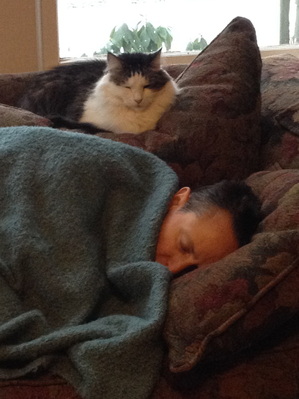 Amber with her Guardian Angel Smitty
Amber with her Guardian Angel Smitty "The second image is of a bell — a bell being rung and rung and rung. Its sound is one of welcome. It is a signal to the worlds that the silence of my heart is transforming into a call to prayer."
~ From The Gifts of Hibernation by Andreana E. Lefton
I had plans for these days at the end of 2014. Plans to reflect on the year; to write a year-in-review post and a newsy, illustrated holiday letter; to catch up on my volunteer work and further develop my business plan.
It turns out, I've been too busy. Too busy sleeping in, making pots of soup, putting pieces of the jigsaw puzzle into place. Too busy reading. Napping. Playing with the cats. Listening to Christmas music. Visiting with friends. Walking in wild places. Glorying in the winter sky.
I let go of the plans. And for the last day of 2014 and the first day of the New Year, I'll go one step further. I'm going to cut my electronic umbilical cord. My I-Phone will get a few days of rest. And so will I.
For the New Year: May you have all that you need, and may love in all its forms be both guide and companion.


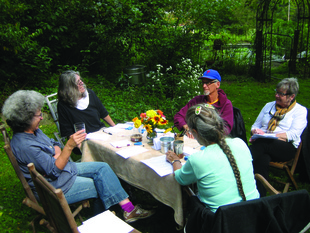
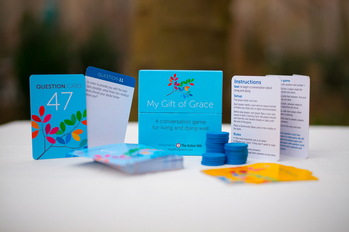
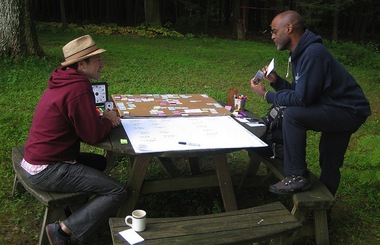
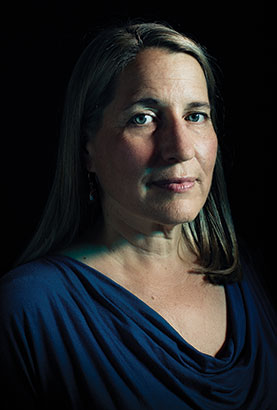
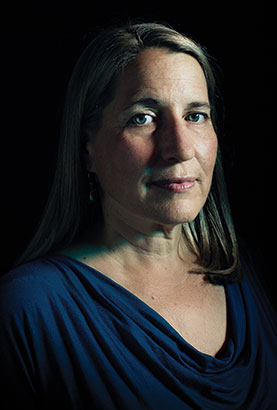

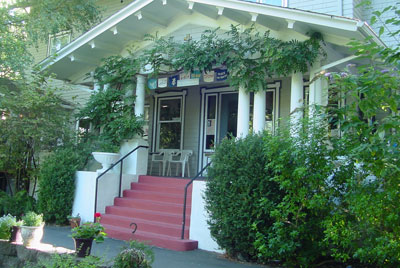
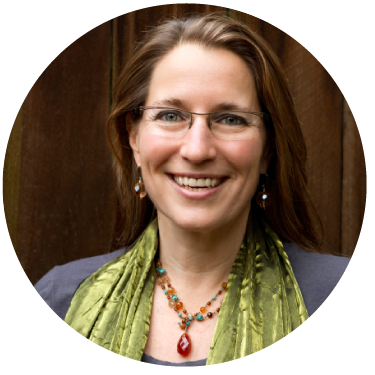
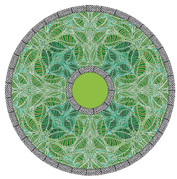
 RSS Feed
RSS Feed